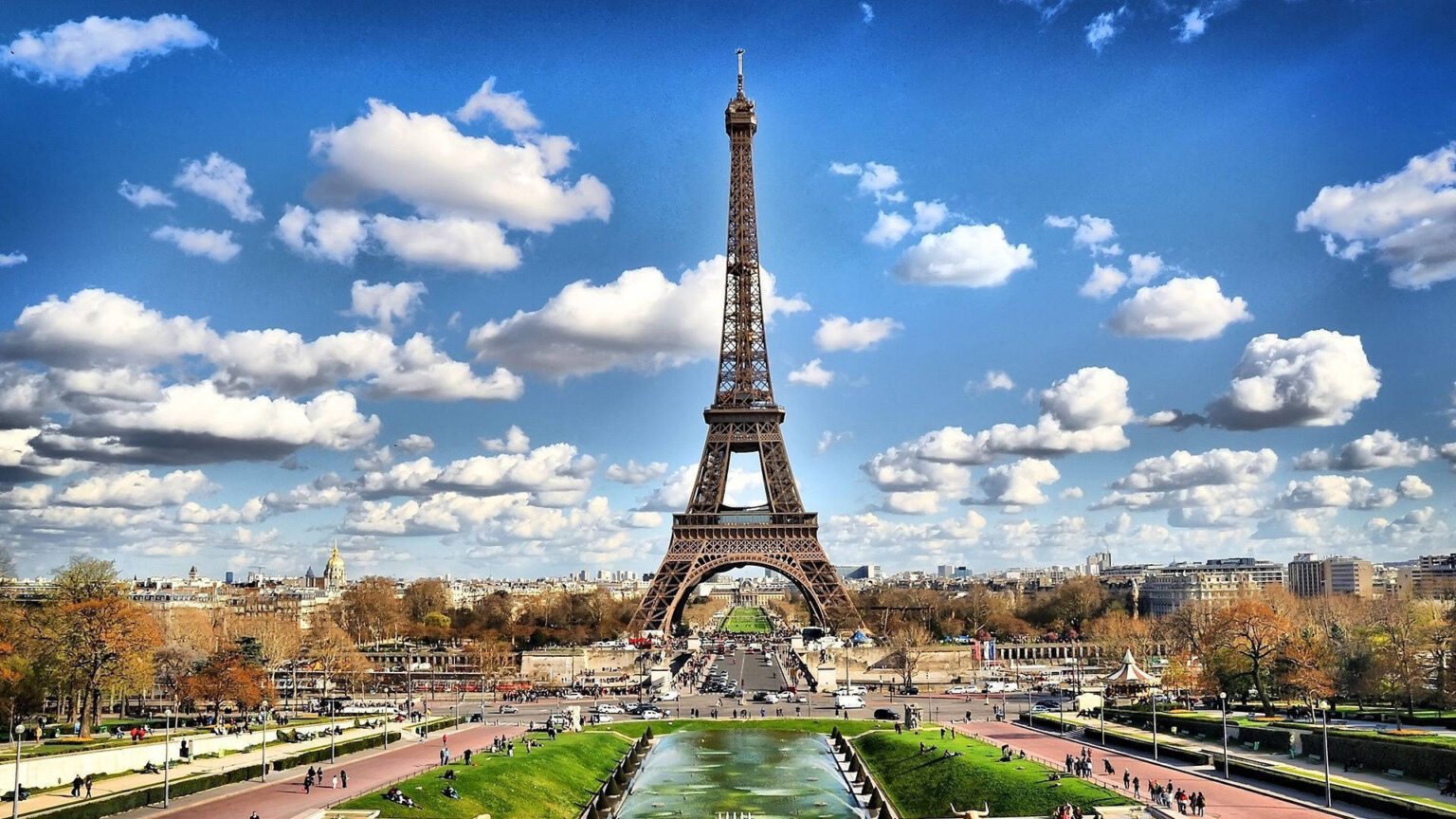While millions flock to the Eiffel Tower, Louvre, and Notre-Dame, Paris harbors countless secrets waiting to be discovered. For traveller’s seeking authentic experiences beyond the tourist crowds, these ten hidden gems offer a glimpse into the city’s soul that most visitors never see.
The Museum of Counterfeiting (Musée de la Contrefaçon)
Tucked away in the 16th arrondissement, this quirky museum houses one of the world’s most unusual collections. From fake designer handbags to counterfeit medicines, the museum displays hundreds of imitation items alongside their authentic counterparts. It’s both educational and oddly fascinating, offering insights into the global counterfeiting industry while showcasing the craftsmanship of both legitimate and illegitimate manufacturers.
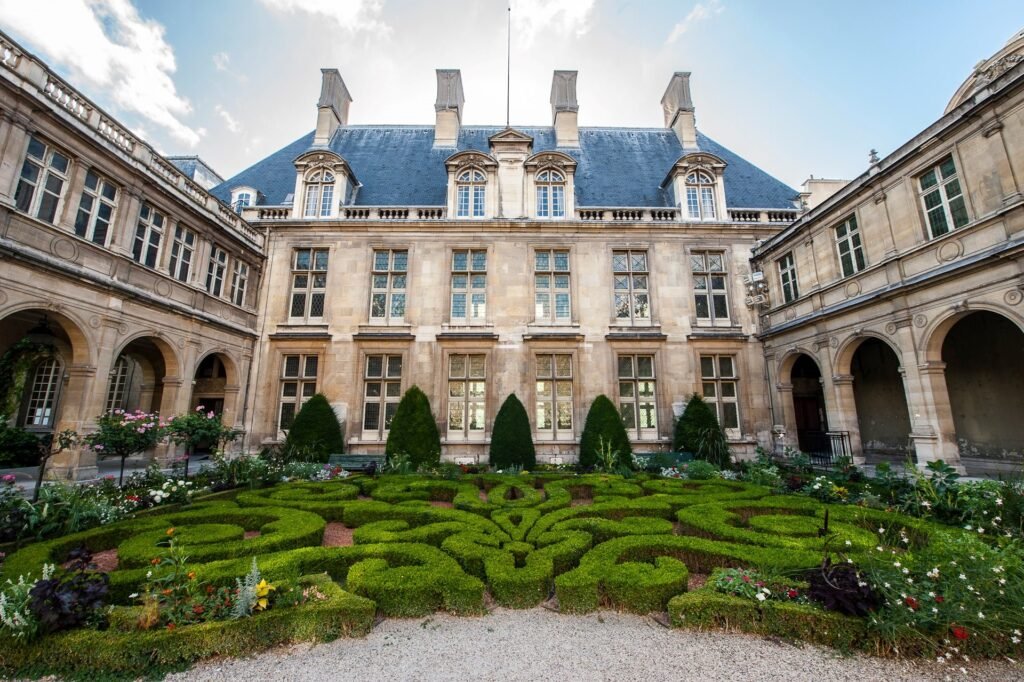
Rue Crémieux: Paris’s Most Colorful Street
This cobblestone street in the 12th arrondissement feels like stepping into a fairy tale. Lined with pastel-colored houses that look more suited to a Scandinavian village than central Paris, Rue Crémieux offers the perfect backdrop for photography enthusiasts. The street remains largely residential, providing an intimate glimpse into Parisian neighborhood life away from the grand boulevards.
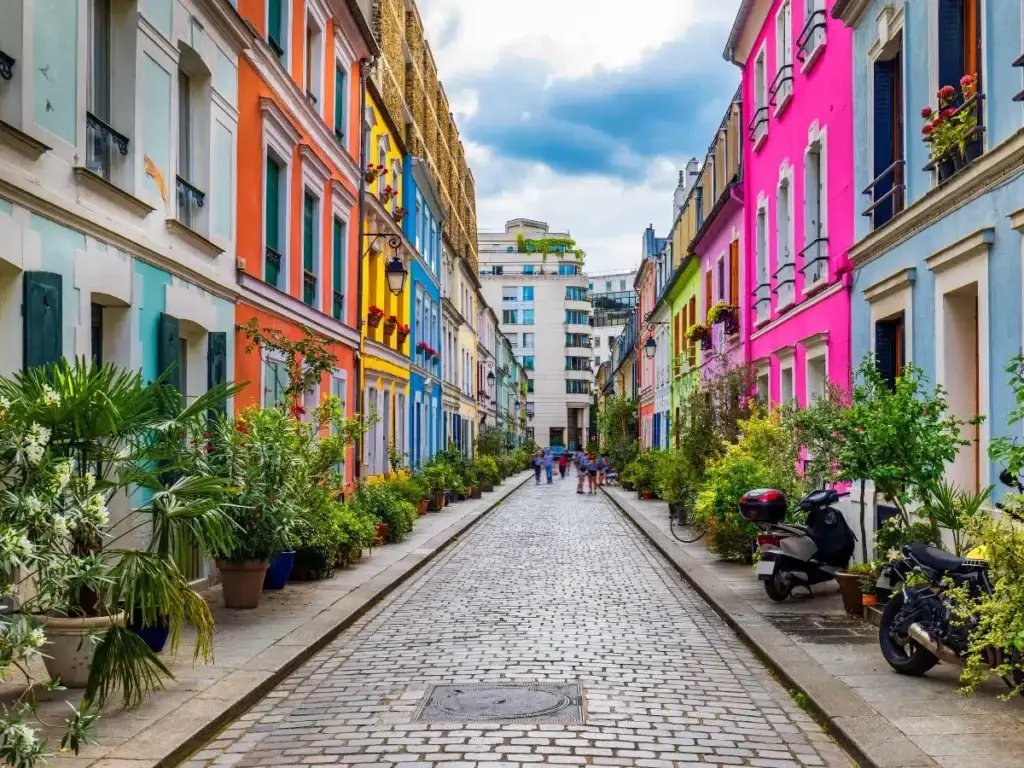
The Mouzaïa Quarter (La Petite Alsace)
Perhaps Paris’s most unexpected neighborhood, the Mouzaïa Quarter in the 19th arrondissement consists of 250 colorful houses that seem transported from rural France. Built in the early 1900s as affordable housing for workers, these charming cottages with their small gardens and winding paths create an almost village-like atmosphere within the bustling metropolis.
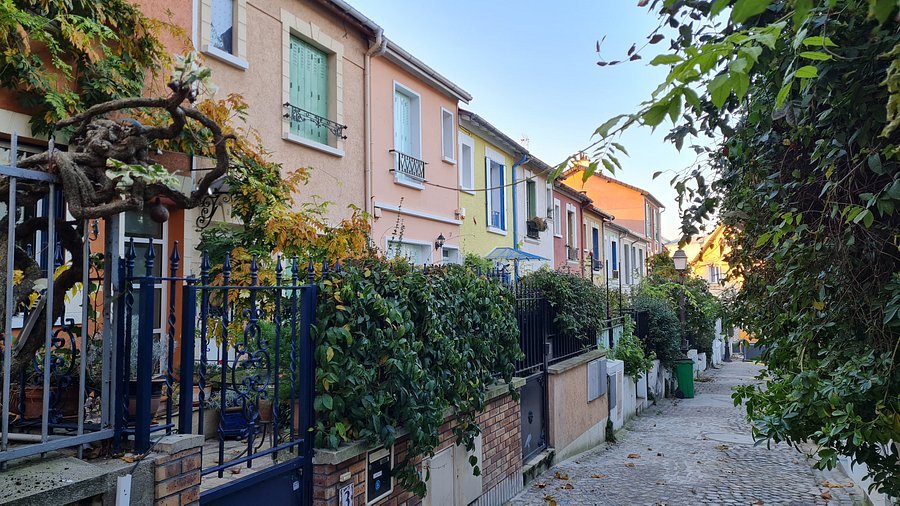
Parc Bagatelle: The Rose Garden Paradise
Located on the western edge of the Bois de Boulogne, Parc Bagatelle remains one of Paris’s best-kept secrets. This English-style garden is famous for its International Rose Competition held each June, featuring over 10,000 rose bushes. The park’s relative inaccessibility via public transport means it’s rarely crowded, offering peaceful walks among carefully manicured landscapes and historic pavilions.
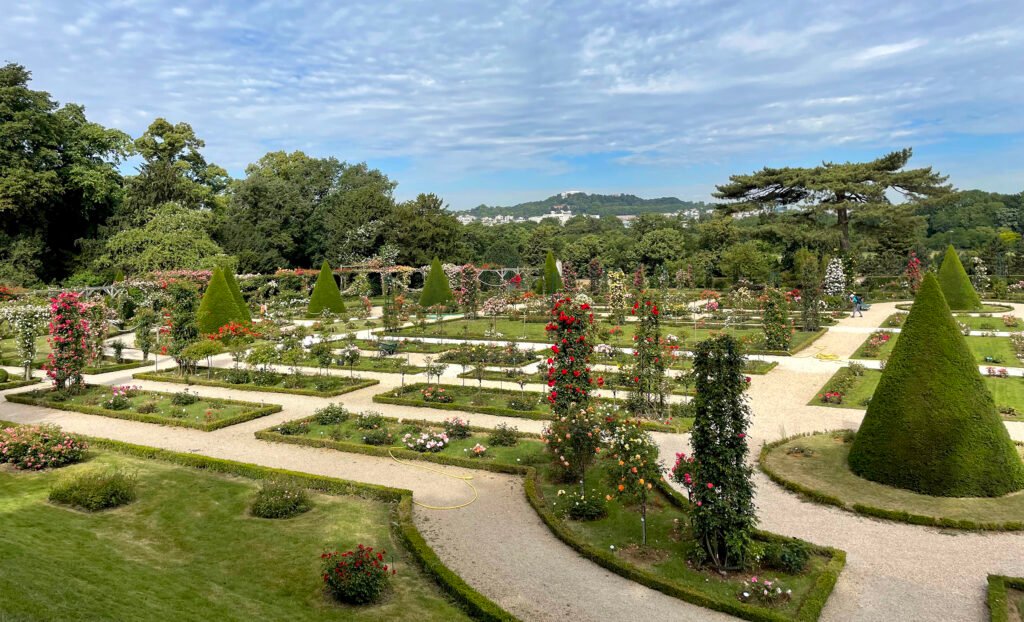
The Covered Passages (Passages Couverts)
Before department stores existed, Parisians shopped in these glass-roofed galleries dating from the 19th century. Passage des Panoramas, Galerie Vivienne, and Passage Jouffroy offer a journey back in time with their mosaic floors, wrought-iron details, and eclectic shops. These architectural gems house everything from vintage bookstores to traditional French restaurants, providing shelter from both crowds and weather.
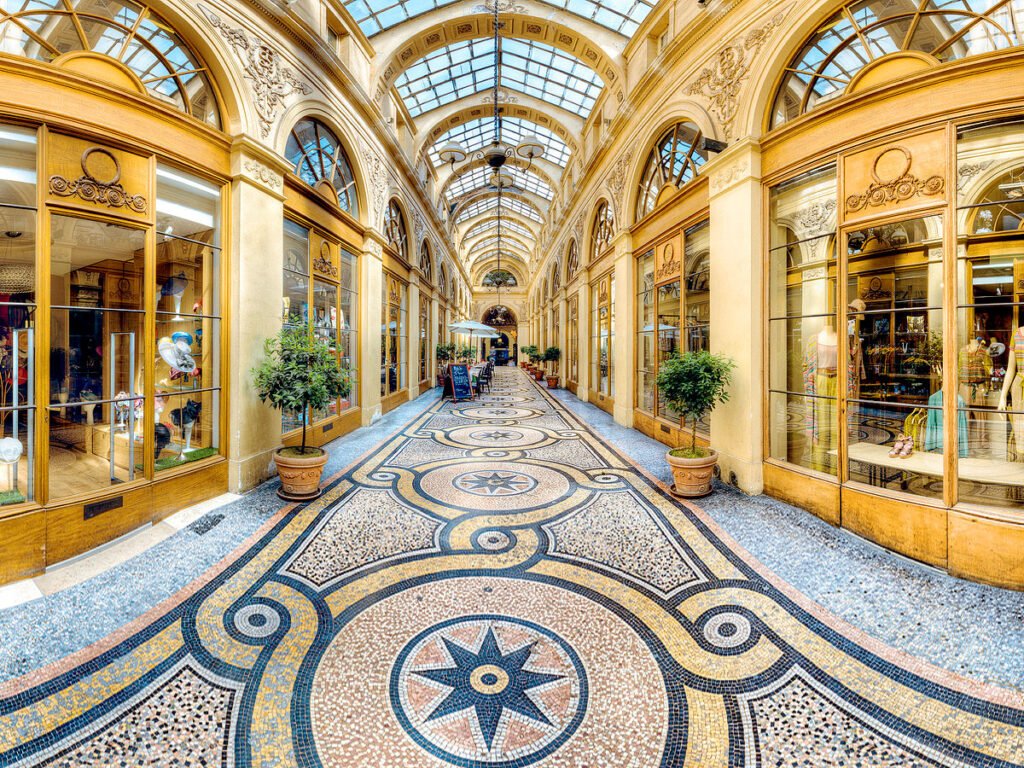
Arènes de Lutèce: Roman Ruins in the Heart of Paris
Hidden in the 5th arrondissement, these ancient Roman amphitheater ruins date back to the 1st century AD. Discovered in 1869, the arena once held 15,000 spectators for gladiatorial contests and theatrical performances. Today, locals use the space for boules matches and picnics, creating a surreal blend of ancient history and modern Parisian life.
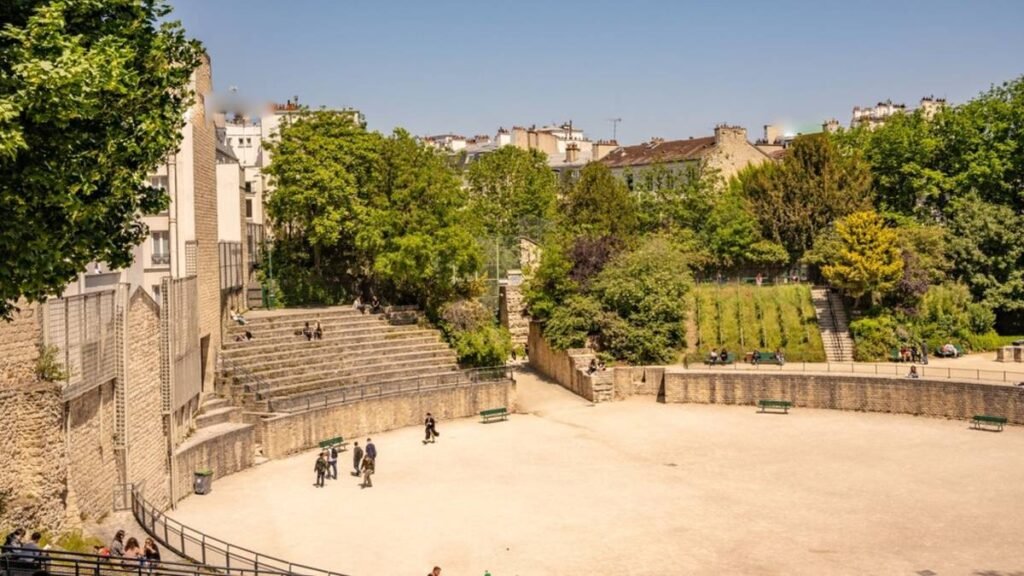
The Vineyard of Montmartre (Clos Montmartre)
Few visitors realize that Paris still produces wine within its city limits. The Clos Montmartre, a small vineyard on the slopes of Montmartre, has been producing wine since the 12th century. This working vineyard produces around 800-1000 bottles annually, sold exclusively to support local charities. The vineyard is typically closed to the public except during the annual Fête des Vendanges harvest festival in October.
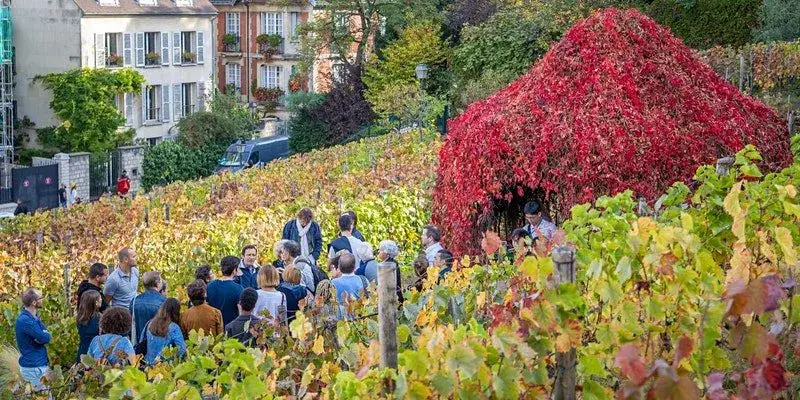
Piscine Joséphine Baker: Swimming on the Seine
This floating swimming pool moored on the Seine offers a unique perspective of Paris from the water. Named after the famous American-born French entertainer, the pool features a retractable glass roof and provides stunning views of the city skyline. Swimming here feels like a secret locals’ privilege, far removed from typical tourist activities.
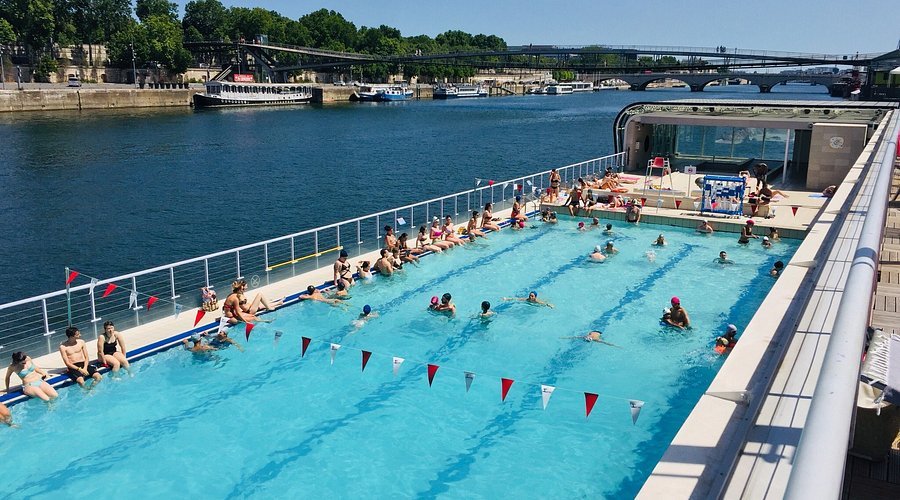
The Red Light District Cemetery: Cimetière de Montmartre
While Père Lachaise gets all the attention, Cimetière de Montmartre offers equally fascinating stories with fewer crowds. This hillside cemetery houses the graves of artists, writers, and performers who made Montmartre famous, including Edgar Degas, François Truffaut, and Émile Zola. The cemetery’s location beneath the Pont de Caulaincourt creates dramatic visual contrasts between the peaceful graves and the bustling bridge above.
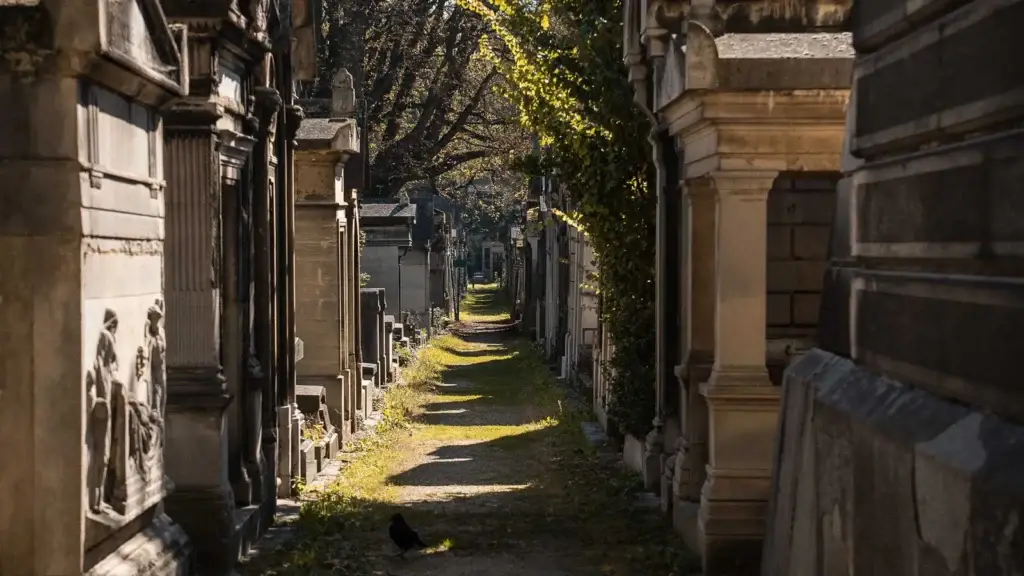
Belleville: The Artistic Alternative
This multicultural neighborhood in the 20th arrondissement represents Paris’s creative underground. Once home to Édith Piaf, Belleville now hosts artist studios, street art, and some of the city’s best ethnic restaurants. The area’s relative affordability has attracted artists and craftspeople who open their workshops during quarterly “Portes Ouvertes” weekends, offering visitors a chance to see contemporary Parisian creativity in action.
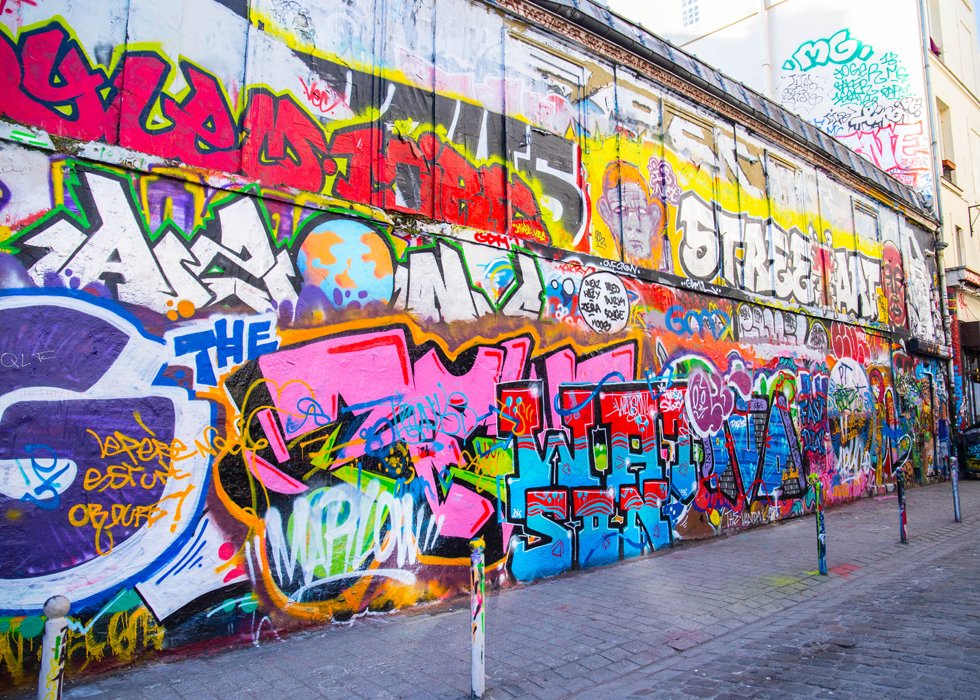
Planning Your Off-the-Beaten-Path Adventure
These hidden gems require more planning than typical tourist attractions, but they reward visitors with authentic Parisian experiences. Many are accessible by metro, though some require short walks or multiple transfers. The best approach is to combine several locations in the same area or dedicate full days to exploring specific neighborhoods.
Unlike the major monuments, these places operate on local schedules and may close unexpectedly. Check opening hours in advance, and remember that some locations are best experienced during specific seasons or events. Most importantly, approach these places with curiosity and respect for the local communities that call them home.
Paris reveals its true character not in its famous landmarks, but in these quiet corners where locals live, work, and create. By venturing beyond the beaten path, travelers discover a Paris that feels both timeless and vibrantly alive, offering memories that last long after the crowds at the Eiffel Tower have faded.


